The gardens at Rockcliffe: Cold comforts that even Britain's worst winters can't spoil
At 600ft above sea level, the garden at Rockcliffe in Gloucestershire —the home of Simon and Emma Keswick — suffers in harsh winters. But as Tiffany Daneff writes, even the worst weather cannot subdue its many charms. Photographs by Clive Nichols.
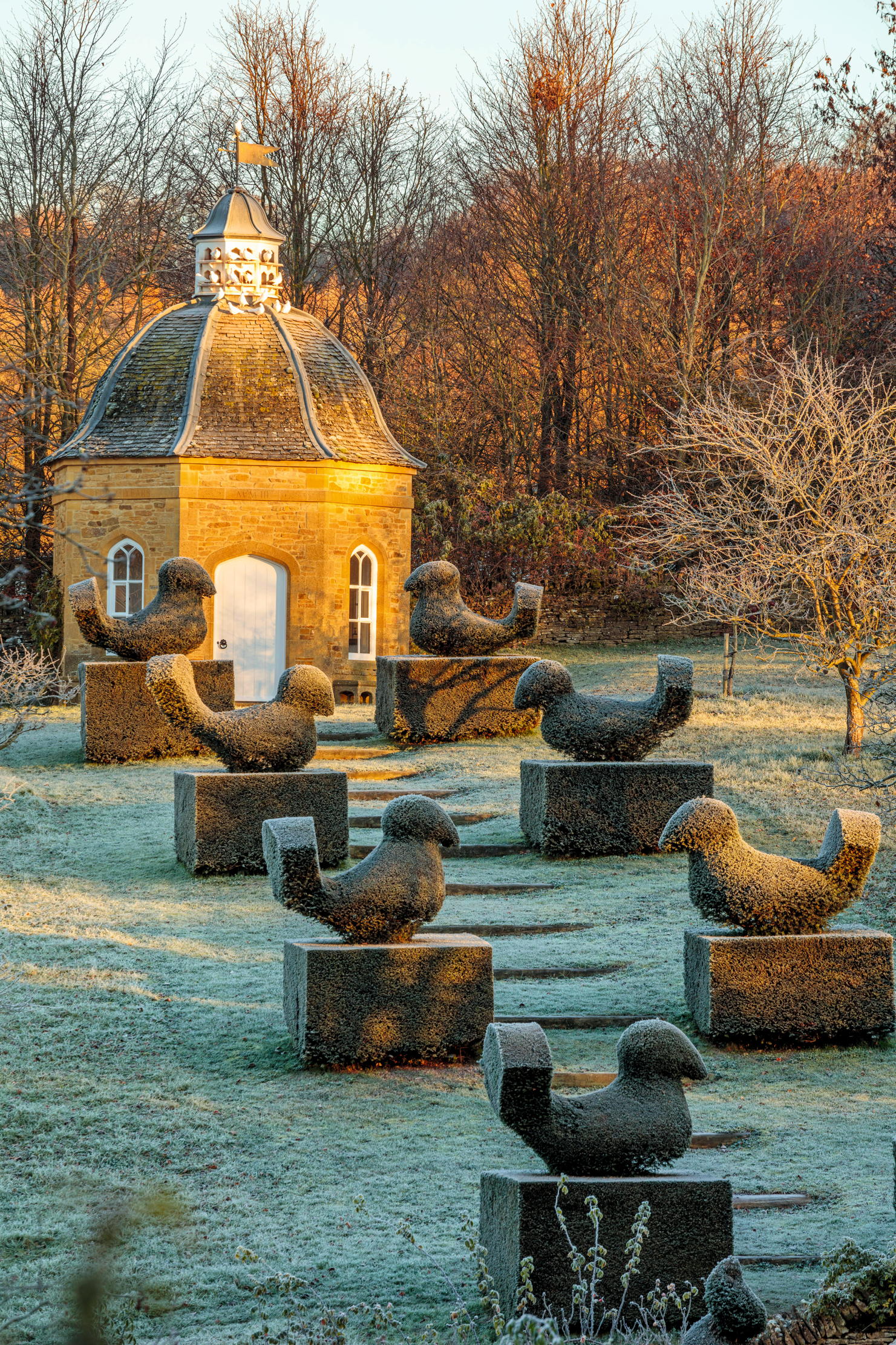

‘Last winter, we had -12˚ of frost for three weeks,’ remembers Emma Keswick, walking out onto the south-facing terrace at Rockcliffe in the Cotswolds, where she and her husband, Simon, have been living on and off since 1981. ‘We are 600ft above sea level here and it does get very cold. Although we wrap things in winter, we lost a lot last year.’
Rockcliffe is one of the most beautiful gardens in the Cotswolds, whatever time of year one sees it. From the broad Yorkstone terrace, an immaculate avenue of beech obelisks — positioned slightly closer together at the far end to make the view seem longer — reaches across the perfectly striped lawn to the field beyond the ha-ha where Cotswold sheep graze. This point is marked with a simple bronze by sculptor Nigel Hall. In winter, when frost touches the topiary, the view is perhaps even more alluring than in late spring.
‘The beech is predominantly out in the second week of May, when the new leaves are rice green,’ adds Mrs Keswick, who has spent long periods in the Far East. When she and Mr Keswick first came to Rockcliffe, there was nothing much by way of a garden, only fields in front of the house. The first thing she did was to stride out into the field and mark the extent of the new garden. A beautifully made ha-ha was built along this perimeter. The couple then returned to live in Hong Kong, where Mrs Keswick, who has always been a keen gardener and is in demand for her designs, started to seriously consider the creation of the garden within the ha-ha.
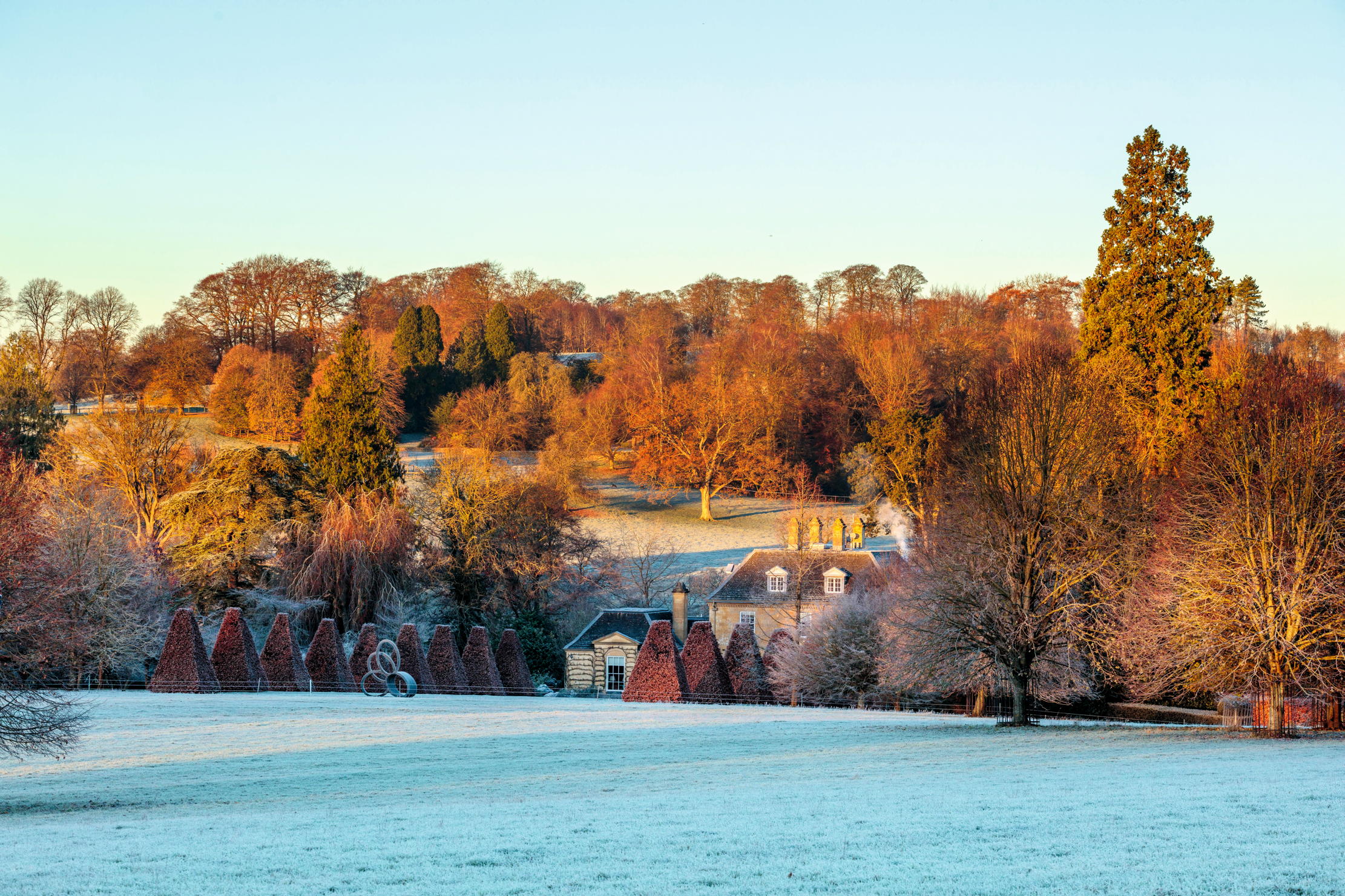
There were some attempts to ‘garden from afar’, but this was more easily said than done. When in Hong Kong, she had sent the builder to go and look at her mother-in-law’s path ‘which was a lovely old path laid with two stone flags vertical and the third horizontal and when I came back to England the builder said… “I knew you didn’t really want that old York paving so I used some new…” Cut by a saw as opposed to hewn, it is still extremely slippery to this day.’
Finally, in 1989, the Keswicks returned to Rockcliffe and the garden really began to take shape, evolving bit by bit. They put up every wall and planted most of the trees — except for the very biggest. ‘I started the garden from the terrace and worked out, then kept adding on and adding on.’ She makes it sound so simple, but there are eight acres here and, as each area takes over from the last, the transition is so comfortable and the relationship with the land so right that it feels as if this is how things must always have been arranged.
On Country Life’s visit early this year, Mrs Keswick had just returned from planting 600 new plants in the garden she designed at the Maggie’s Centre in the Western General Hospital in Edinburgh, the first centre the charity built in 1996. The need has grown and the centre has been enlarged, as has the garden. Mrs Keswick designed the charity’s first and second gardens.
Back in the Cotswolds, as the cold breeze blew in, she examined the plants on the terrace, checking to see how they were faring after the exceptionally harsh winter of 2022/23, which came fast on the heels of a very wet autumn, leaving woody plants no time to harden up.
Exquisite houses, the beauty of Nature, and how to get the most from your life, straight to your inbox.

A 20-year-old Salvia candelabrum growing against the house had been severely hit and initially seemed a goner, but fresh shoots were appearing at the base, a sign that all was not lost. There was further positive news from the Lonicera syringantha, the lilac-flowered honeysuckle, which was also shooting again. That this was the first time both plants have been so affected is proof of the severity of last winter. ‘I wrap tender plants and anything I really worry about. There’s a very beautiful rosemary, ‘Miss Jessopp’s Upright’, which is 6ft high now and I cover it with two blankets of fleece secured with clothes pegs.’ The rosemary survived unscathed. For the tender Daphne bholua, however, there was no chance and it has gone onto one of the huge compost heaps. ‘We have left things in the ground in the hope that they may come back. As you get older, you get more patient and probably more pragmatic about losing plants.’
In summer, exotic scent is pumped out from stands of Lilium regale (from H. W. Hyde and Sons Nurseries in West Sussex) that live in the planters outside the orangery. These are the more formal elements of the terrace, which is deliberately not centred on the view. Instead, the structural box and yew forms were offset — with some low yew tumps added 10 years ago. This gentle informality is further enhanced by allowing plants to self-seed between stones. The resulting open area in the middle of the terrace is filled with a star of hyssop. The box, after suffering blight, was first replaced by lavender, which looked wrong, but the hyssop sailed through last winter and is exactly right.
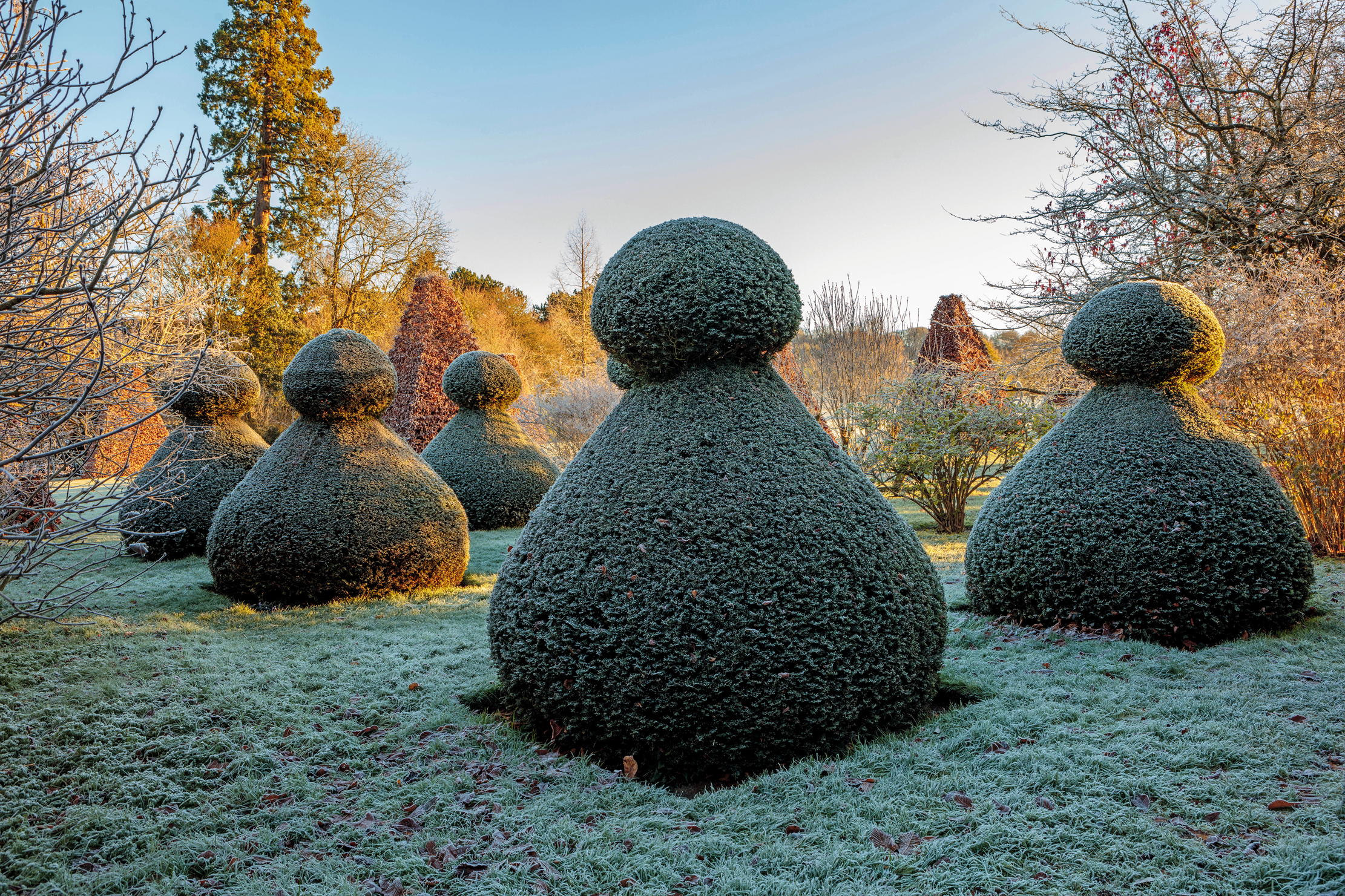
‘All the Clematis montana died, sadly, because many of the buildings were covered with it. But at least we’re not on clay. Brash is free-draining: lilies and a lot of things like us.’ Hellebores, too — the martagon lilies, which are roaming through the shade under the trees, were spread by Mrs Keswick from seed. ‘If you find things that really like you, you will do best if you can throw seed. There were no aconites or snowdrops when we got here and now the whole place is carpeted. Aconites take so easily from seed — they are halfway up the drive now.’ Snowdrops, however, are moved in the green. ‘Originally, I did a yard a year. I split them and make holes with a fork and then drop a few green shoots in each hole.’ They are followed by the primroses and cowslips, which arrived by themselves.
As are all good gardens, especially those that must give pleasure from the windows of the house throughout the year, Rockcliffe is underpinned by a green structure of hedges and large topiary pawns, standing as markers at crossing points. Yew is clipped annually and its potentially gloomy tones are offset by lighter greens of beech, hornbeam and limes.
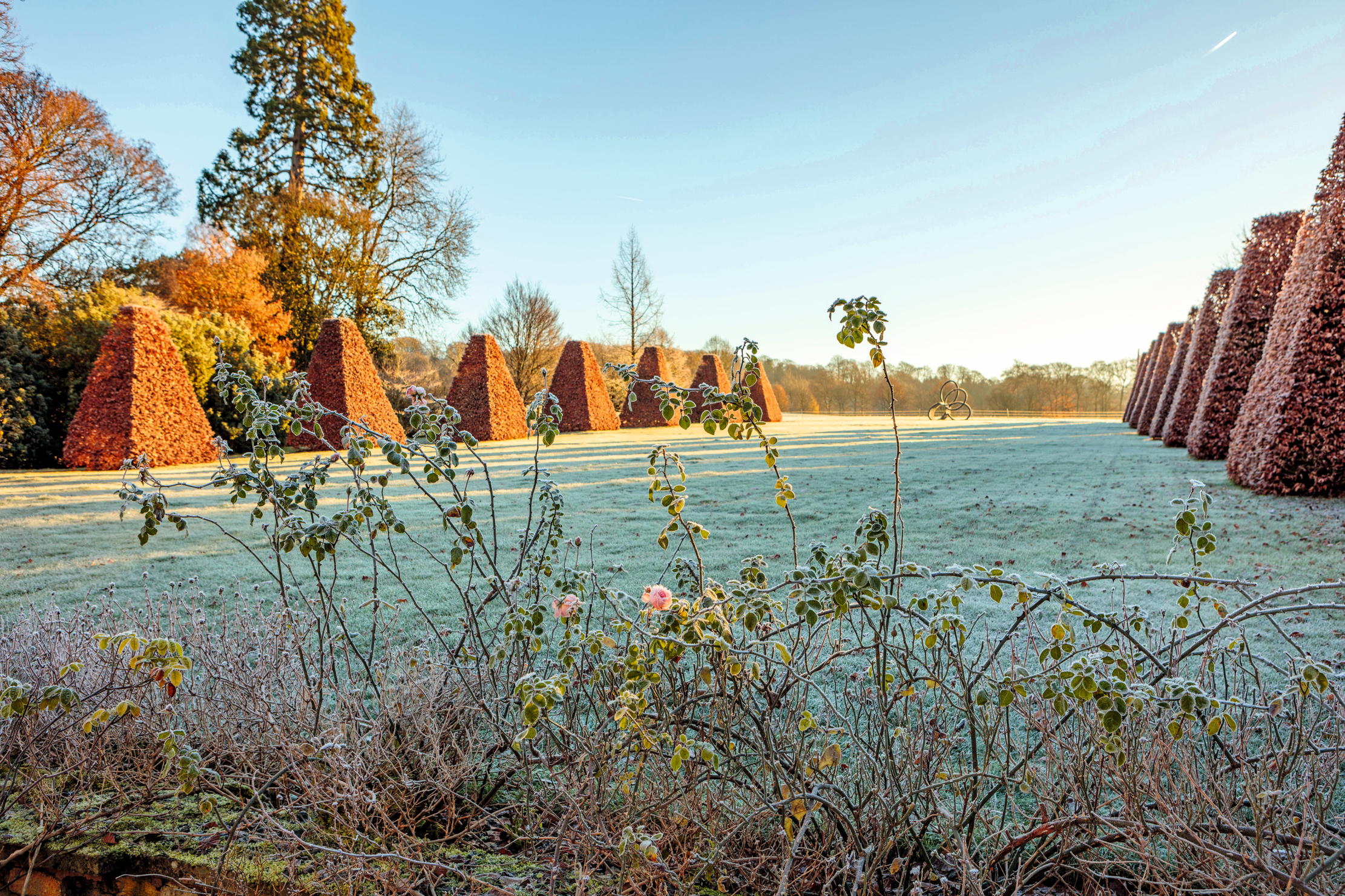
One of the most lovely surprises in a garden full of the unexpected is round the corner from the terrace, where six Cornus controversa ‘Variegata’ stretch out their delicate arms over a rectangular pool. This was inspired by Helen Dillon’s garden in Dublin. The cornus were planted young and are thriving. ‘We aerate the roots, which I know they do at Kew.’
Ideas often come from something she has seen when visiting other gardens. ‘When I laid out the beech obelisks, I had in mind the avenue of statues at the Palazzo Corsini in Florence, Italy.’ There, in a city garden, the statues angle inward, extending the line. Here, the walled kitchen garden sits to the north of the house at the bottom of a shallow dip that rises gloriously through an avenue of topiary doves up to the dovecote. Everything has been thought about: even the fruit cage (essential because of the doves) has a fleur-de-lys trim, which was ‘copied from something I saw in France a long time ago’.
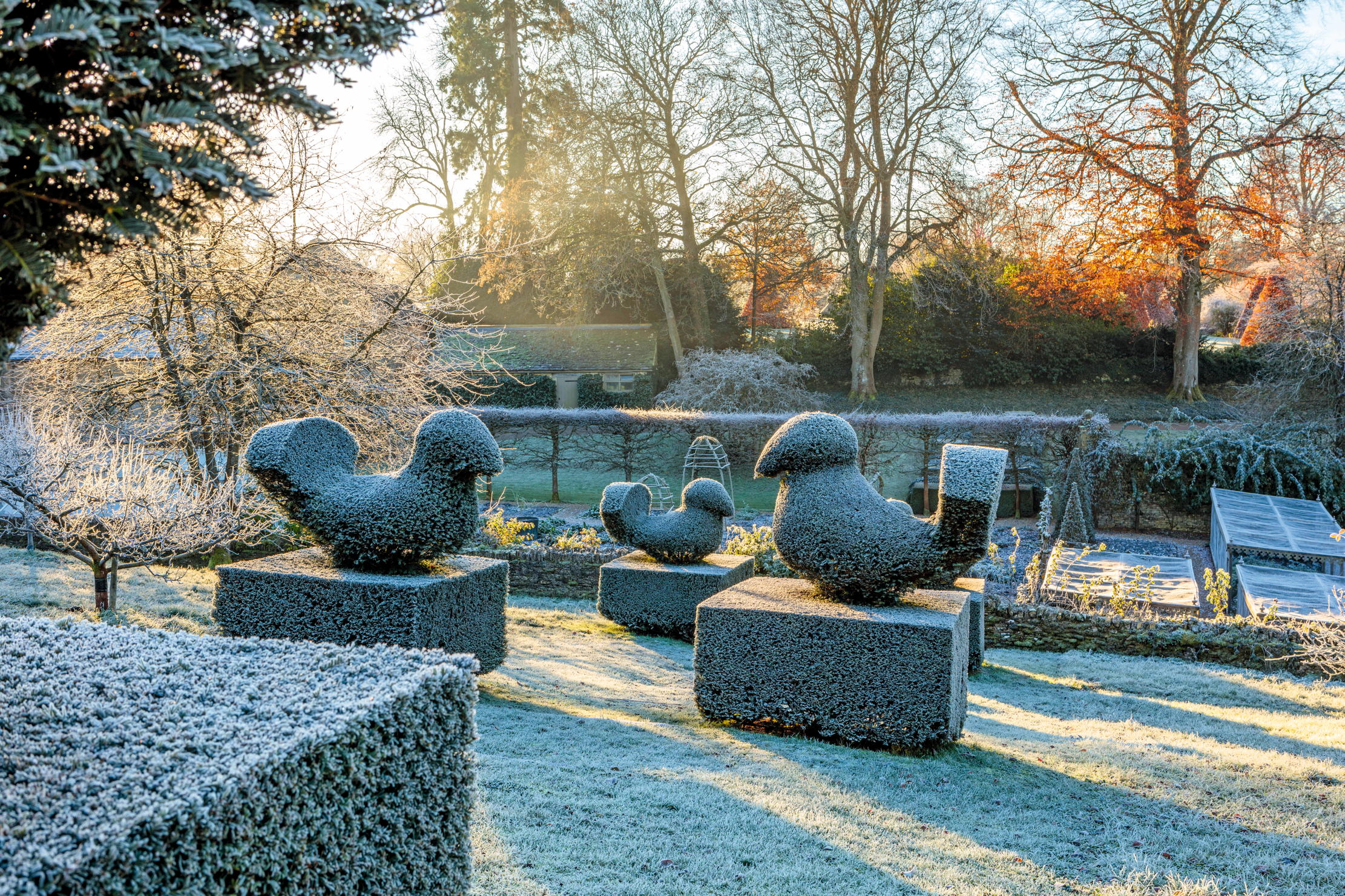
Mrs Keswick explains: ‘I started doing the topiary doves when deciding how to proceed with the dovecote.’ It was built in 2001 and inspiration came from various places: the weathervane from the school chapel at Eton in Berkshire; the Gothic windows from The Cottage at Stourhead in Wiltshire, the roof shape from France and the stone band bearing an inscription is from the toll house in Stow-on-the-Wold. This dovecote is dedicated to a great friend, Rob Gardner, who designed and was working on it when he died.
Beyond the orchard, a white hunting gate leads to The Sorbarium, an area full of spring-flowering and autumn-coloured trees, many of them Sorbus. In summer, the orchard is a sea of ox-eye daisies and later enlivened with sprays of Rosa ‘Cerise Bouquet’.
In winter, when froth and foliage have retreated and the hillside is skeletal, the dove topiary comes into its own — and perfectly anticipates the beech avenue to the south.
Little Mynthurst Farm: A rare mid-20th-century garden designed by Russell Page
George Plumptre enjoys the grounds of a Tudor farmhouse that was the former home of Lord Baden-Powell. Photographs by Clive

Nevill Holt, Leicestershire: 'After 700 years of ups and downs, finally entering its prime'
The reimagined gardens at Nevill Holt, Leicestershire, have stepped into the limelight to offer a powerful overture to the summer

Morton Hall: The magnificent garden that gives an illusion of effortlessness amid the silent winter air
All looks peaceful at Morton Hall, Worcestershire, but key tasks will be tackled in winter to ensure that, come spring,

The Gardens at The Manor, Priors Marston: A house bought on a same-day impulse that became a 20-year labour of love
The inspiration for the garden of The Manor, Priors Marston, Warwickshire, was to create a landscape to meander through, with
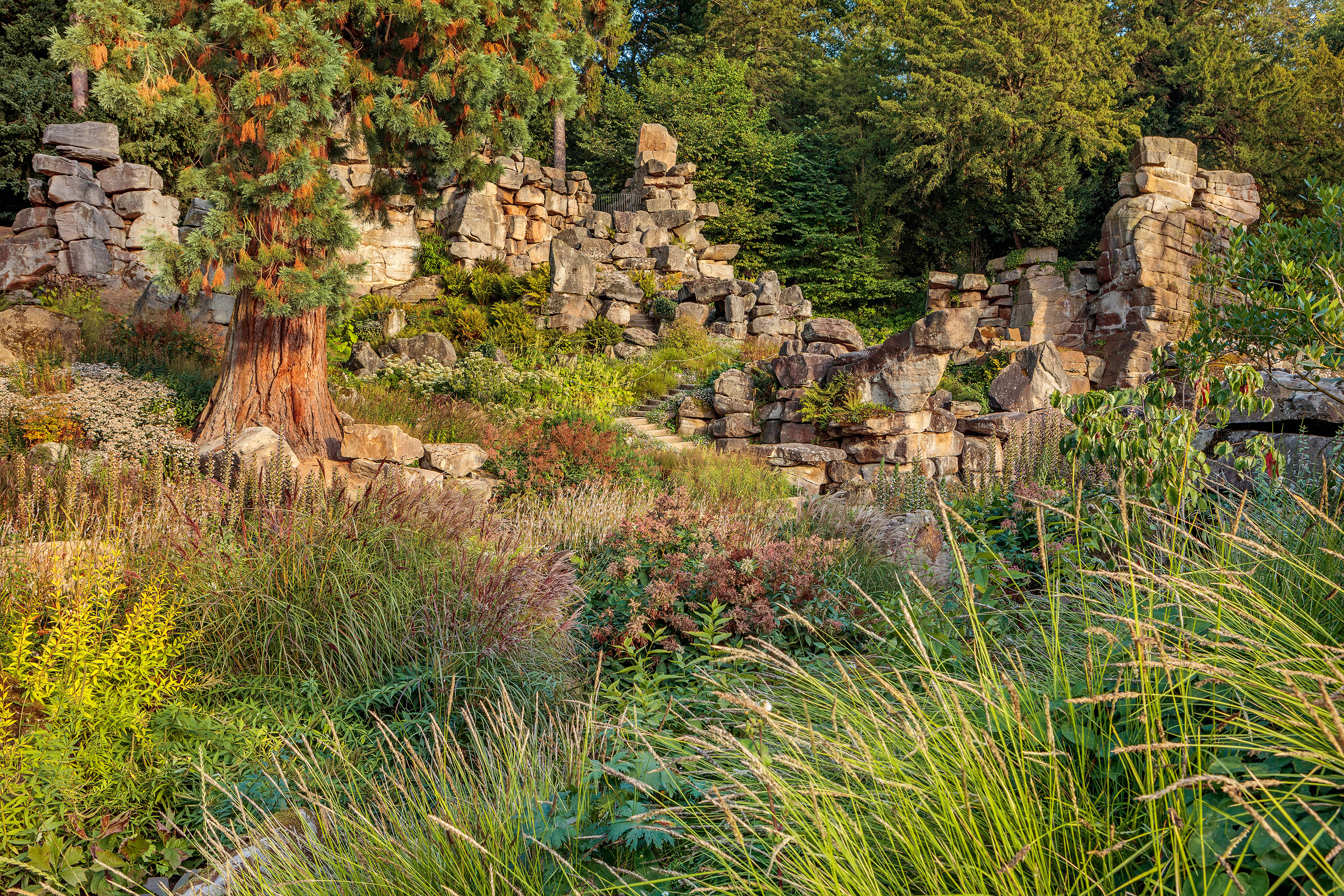
The revival of Chatsworth's great wooded bank: 'A mountainous place of woods, springs and birdsong'
It has taken three years and more than a quarter of a million plants to bring brilliant new life to
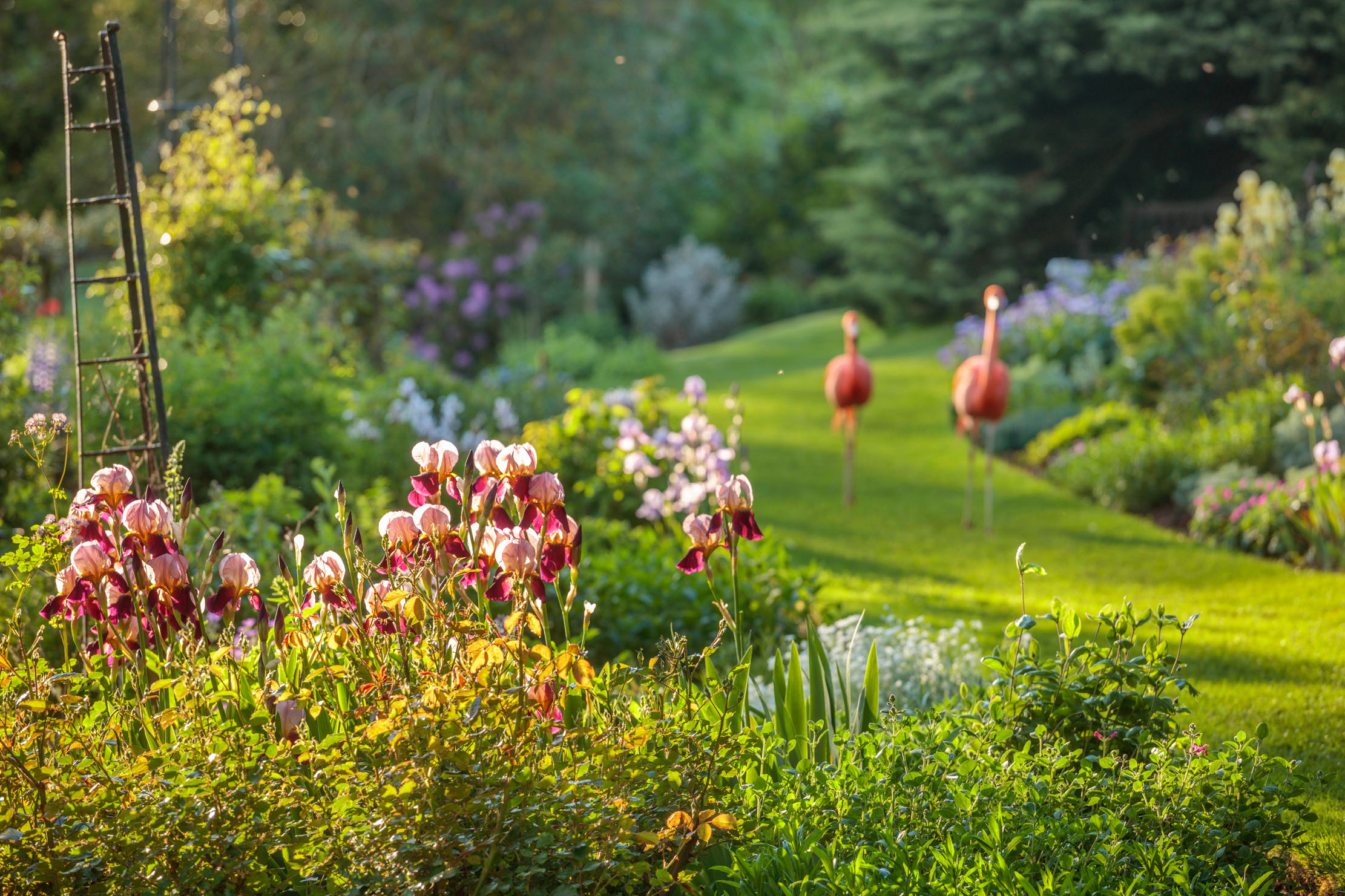
Coton Manor Garden: The symphony of colour where flamingos mix with flowers, voted Britain's best garden
Flamingos may draw the crowds, but it is the brilliant flower borders that keep people coming back to Coton Manor
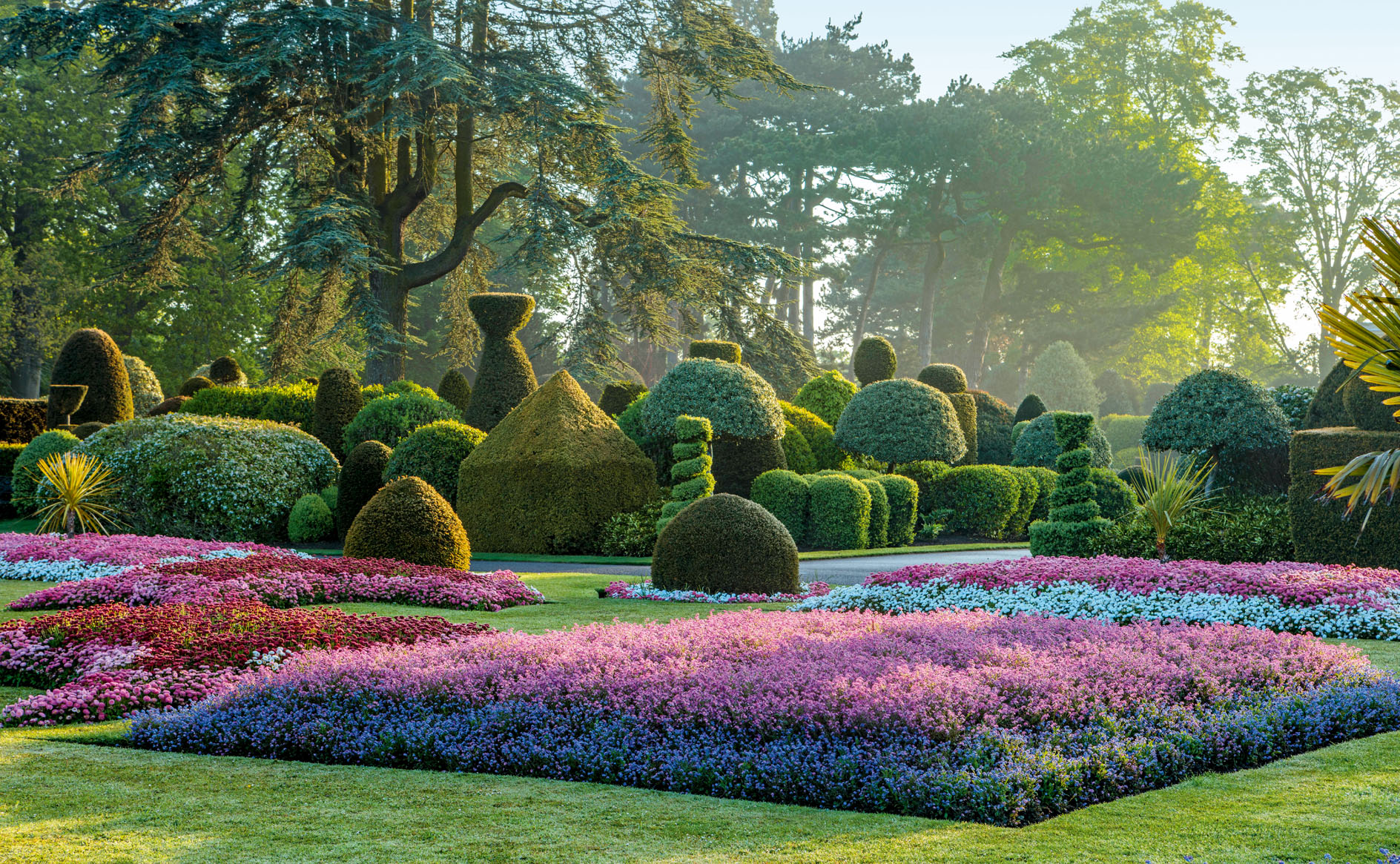
The Gardens of Brodsworth Hall: Intensely personal, endlessly original, deeply quirky — and enormous fun
In the hands of English Heritage, the care and restoration of the striking mid-19th-century garden of Brodsworth Hall, South Yorkshire,
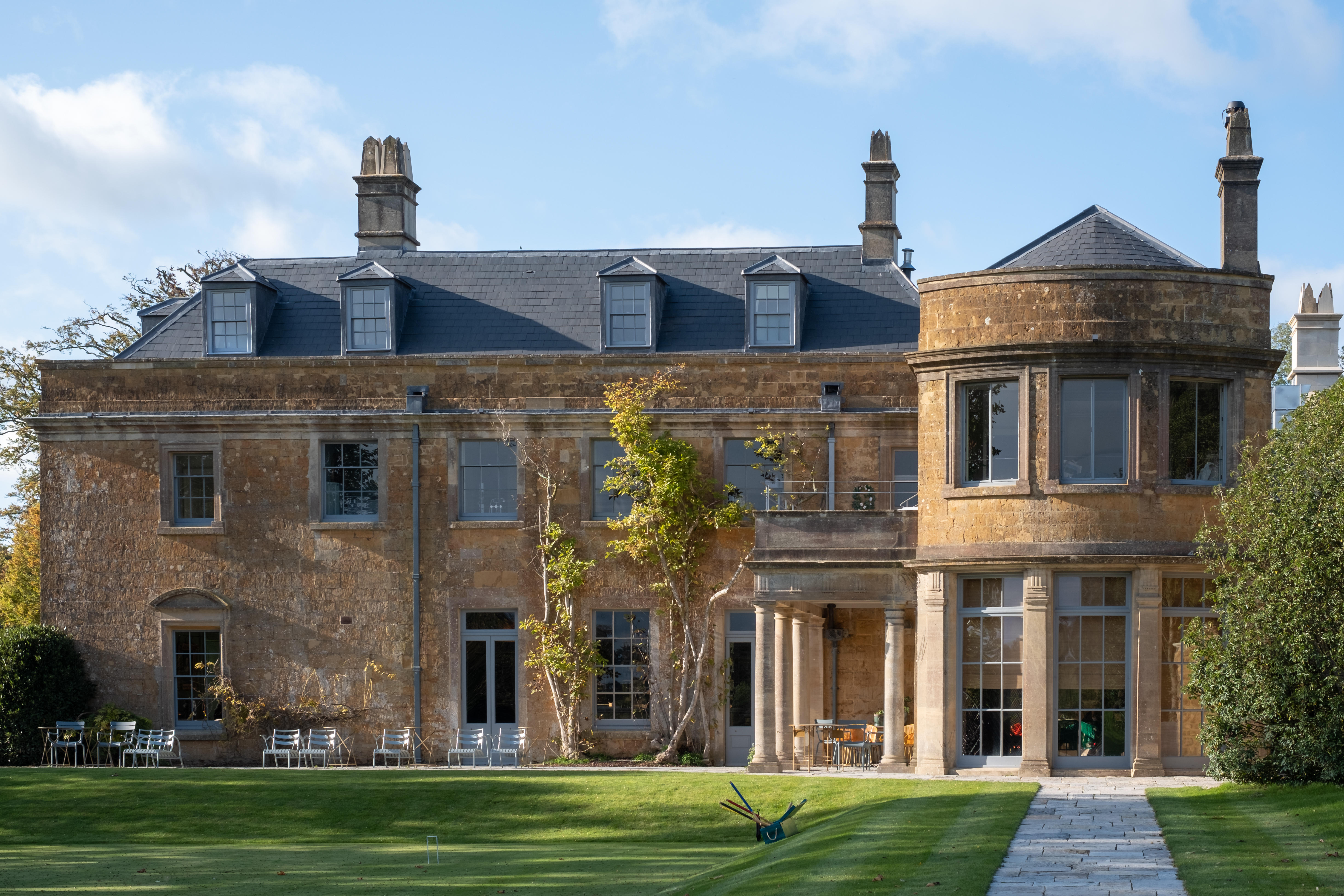
The Newt, Somerset: An 18th-century walled garden with the finest display of trained apples
Nowhere else in the country has a finer display of trained apples than the 18th-century walled garden at The Newt
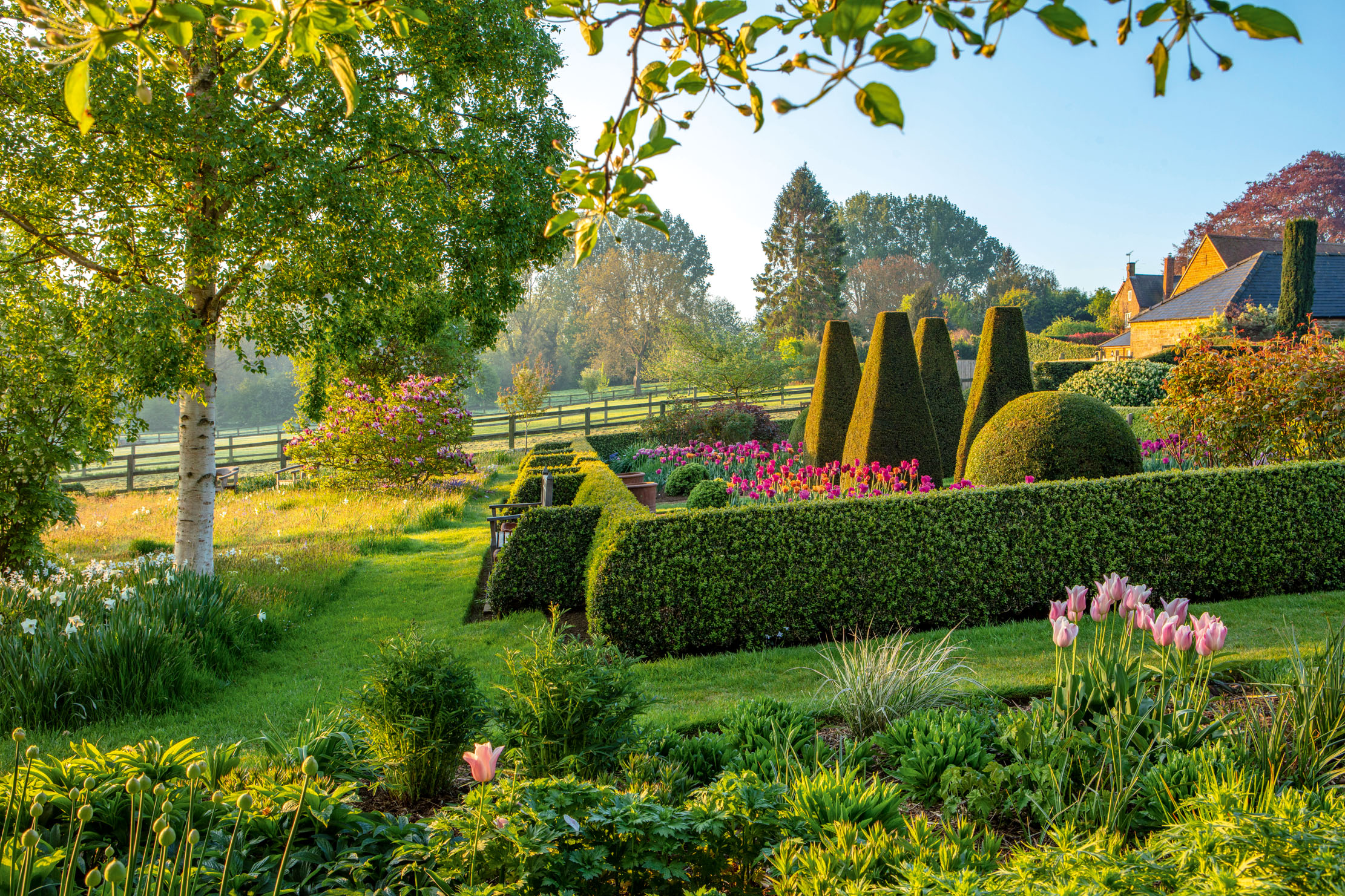
Pettifers: The breathtaking Oxfordshire garden born from the impeccable instincts of Gina Price
An Oxfordshire garden famous for its high summer and autumn borders sparkles with just as much interest and invention earlier

Eythrope's extraordinary snowdrops, and more winter treasures galore
Nowhere else can gardeners see rare named snowdrops growing in such measureless drifts as in the Rothschilds’ private garden at
Previously the Editor of GardenLife, Tiffany has also written and ghostwritten several books. She launched The Telegraph gardening section and was editor of IntoGardens magazine. She has chaired talks and in conversations with leading garden designers. She gardens in a wind-swept frost pocket in Northamptonshire and is learning not to mind — too much — about sharing her plot with the resident rabbits and moles.
